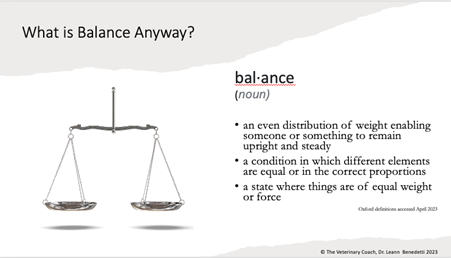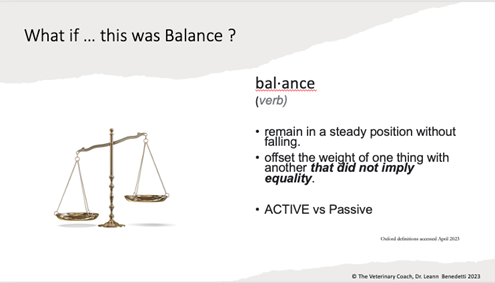5 Reasons to Attend Veterinary Conferences – Especially if They are in Your Own Backyard
If you are anything like me, I am inundated with offers to attend veterinary conferences across the globe. And all of them seem to offer some great and interesting features and benefits for sure. But they are literally across the globe. Why not consider something a little closer to home?
Conferences are an essential part of the veterinary profession, but with staff shortages, escalating prices, and a very busy schedule, it’s no wonder that many of you put off attending any conferences. This, however, should not deter you, there are countless great reasons to attend a conference! Here are just 5 ways conferences can change your life. I’ve been doing a bit of a dive into the various benefits of conferences that I could share with the VET community and found some interesting benefits from ConferenceMonkey.org. I’d like to paraphrase a few of these with you.
Get to know, personally, the other people in your field.
Networking is very important for job hunting, obviously, but having a big network, benefits you in other ways too. Maybe you will need advice from an expert in another field, or you will want to ask a veterinary supplier about new technologies and industry updates. This is easier when you have a network to reach out to. It’s also helpful to have support from people who are at a similar stage in their careers to you and can empathize with the problems and struggles which you go through at work.
Hear about the latest research
If you want to know about the very latest findings in your field before they are even published in journals, then a conference is the place to be. Many researchers will present preliminary findings at a conference, or work which has not yet been published. These ideas can be great inspiration for your own quest for knowledge.
Visit a new place and have fun
Finally, it shouldn’t be overlooked that attending a conference is good fun! Although a conference is unequivocally a work event more than a leisure one, it can still be enjoyable. Travelling to a new place is a big part of the appeal of a conference, meaning that you get to see a different city, eat new food, and see some local landmarks or tourist attractions. You might even try out learning a little bit of a new language.
You’ll also have the chance to attend social functions as part of a conference, such as dinners, trips, or parties. With the opportunity to meet other veterinary professionals with similar interests to you, you can enjoy the company of others and you might even make some good friends.
Quality CE
Sure, you can jump on a webinar and listen to a lecture online, but it doesn’t have the same effect as a live, energetic, and passionate lecture. Make your notes, ask your questions, and hear what others are asking as well.
Trade Show floor
This is a time where you can explore the latest and greatest, the newest solutions and techniques and perhaps even negotiate better prices with existing suppliers. This is a great time to re-evaluate inventory and equipment in your clinic. Research potential new equipment purchases, explore your options in finance, leasing or buying? Look into succession planning and look for potential new employees.
As a Canadian veterinary professional, attending the Veterinary Education Today conference & medical exposition promises to meet these expectations and more. With 36 hours of RACE-approved CE, you can be sure that we have carefully curated the program and selected the best of the best speakers.
Join us at our networking reception, sponsored by Boehringer Ingelheim. It promises to be an excellent way to meet and greet old acquaintances and new friends.
Advantage of your own backyard
Yes, whether you’re in Toronto or across Canada, the VET Conference is completely accessible. Minutes from Pearson International Airport, GO Transit, Major highways and free parking, makes VET an inexpensive, quality and fun event.
We hope to see you there! For details on the VET conference please refer to www.VeterinaryEducationToday.ca/Toronto









